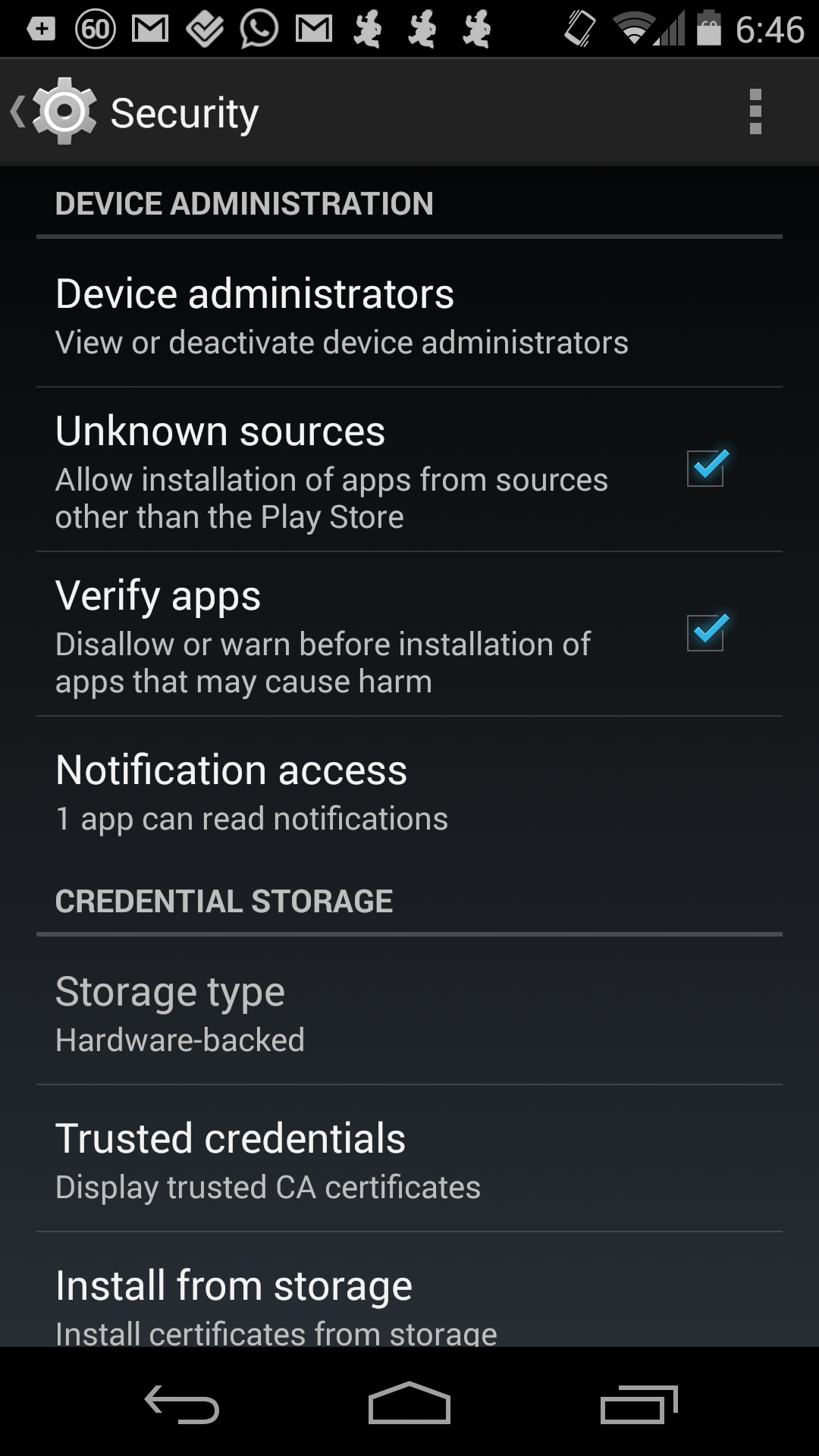Ad Hoc Server Apk

In an ad hoc mode WLAN (wireless local-area network), wireless devices can communicate directly with each other. If you have a Windows 7 computer (or a Windows Vista computer, which is very similar), you will use a process similar to the following to create and activate your ad hoc WLAN network.
- Ad Hoc Distribution allows developers to beta test apps on a wide range of devices when iTunes connect is not an option. Ad-Hoc works in a similar way to In-House Distribution, and requires an IPA to be created, which can then be distributed either over-the-air, or manually via iTunes. IPA Support for Ad Hoc Deployment.
- SystemUI.apk: SystemUI.apk is a system apk that controls the look/behaviour of your status bar. Here are some modified SystemUI.apk. Install them as described above (ADDING SYSTEM APPLICATIONS) or flash if.zip is a flashable file. BACKUP THE ORIGINAL SystemUI.APK AND REMEMBER TO SET THE RIGHT PERMISSIONS return-to-stock-SystemUI.apk.
Windows Ad-Hoc Network Creator (WinHoc) is a tool that makes it easy to create an Ad-Hoc Network connection in Windows. The main purpose of the tool is to be used with Windows 8, as Microsoft has changed the process of creating Ad-Hoc networks in the operating system. However, it will still work on several older versions. This tool is written.
Click Start and choose Control Panel.
This opens the Control Panel window.
Select View Network Status and Tasks.
Schwab streetsmart edge for mac. This opens the Network and Sharing Center window. Iccavr v8 keygen torrent.
From the Network and Sharing Center window, select Set Up a New Connection or Network.
The Set Up a Connection or Network dialog box appears.
From the Set Up a Connection or Network dialog box, choose Set Up a Wireless Ad Hoc (Computer-to-Computer) Network and click Next; click Next again.
The Set Up an Ad Hoc Network dialog box appears.
In the Set Up an Ad Hoc Network dialog box, provide the following information:
Add a network name for your wireless network.
Indicate the security type as either WEP or No Authentication.
If you chose WEP, provide the security key for the network and optionally select the Hide Characters box.
Select Save This Network to keep this network for longer than one session.
Click Next to continue.
The confirmation dialog is displayed, showing you the information that you need to provide to other people who will want to connect to your ad hoc network.
Click Close.
After the connection is set up, it initially becomes active and remains so until you connect to another network. If you did not choose to save the connection, it will be removed from your wireless configuration at that time and you will need to repeat this process to reactivate an ad hoc network connection.

The execution plan cache is a great feature: after SQL Server goes through the effort of generating a query plan, SQL Servers saves that plan in the plan cache to be reused again at a later date.
One downside to SQL Server caching almost all plans by default is that some of those plans won’t ever get reused. Those single use plans will exist in the plan cache, inefficiently tying up a piece of the server’s memory.
Today I want to look at a feature that will keep these one-time use plans out of the plan cache.

Plan Stubs
Instead of filling the execution plan cache with plans that will never get reused, the optimize for ad hoc workloads option will cache a plan stub instead of the full plan. The plan stub is significantly smaller in size and is only replaced with the full execution plan when SQL Server recognizes that the same query has executed multiple times.
This reduces the amount of size one-time queries take up in t he cache, allowing more reusable plans to remain in the cache for longer periods of time. Manhunt 1 pc game free torrent.
Enabling this server-level feature is as easy as (a database scoped versions :
Ad Hoc Server Apk Windows 7
Once enabled you can watch the plan stub take up less space in the cache:
Now if we run our second query filtering on UserName LIKE ‘B%’ again and then check the plan cache, we’ll notice the stub is replaced with an actual compiled plan:
The downside to plan stubs is that they add some cpu load to our server: each query gets compiled twice before it gets reused from cache. However, since plan stubs reduce the size of our plan cache, this allows more reusable queries to be cached for longer periods of time.
Great! All my cache problems will be solved
Not necessarily.
If your workload truly involves lots of ad hoc queries (like many analysts all working on different problems or dynamic SQL that’s generating completely different statements on every execution), enabling Optimize for Ad hoc Workloads may be your best option (Kimberly Tripp also has a great alternative: clearing single use plans automatically on a schedule).
However, often times single-use query plans have a more nefarious origin: unparameterized queries. In this case, enabling Optimize for Ad hoc Workloads may not negatively impact your server, but it certainly won’t help. Why? Because those original queries will still be getting generated. Siemens vas 5052 recovery dvd.
Brent Ozar has a good overview of why this happens, but the short answer is to force parameterization on your queries. When you enable force parameterization, SQL Server will not automatically parameterize your queries if they aren’t already, reducing the number of one off query plans in your cache.
Ad Hoc Server Apk Ppsspp
Nvidia geforce macbook pro. Whether you are dealing with too many single use queries on your server or some other problem, just remember to find the root cause of the problem instead of just treating the symptoms.
Ad Hoc Server Pro Apk
Thanks for reading. You might also enjoy following me on Twitter.

Ad Hoc Server Apk
UNDER MAINTENANCE